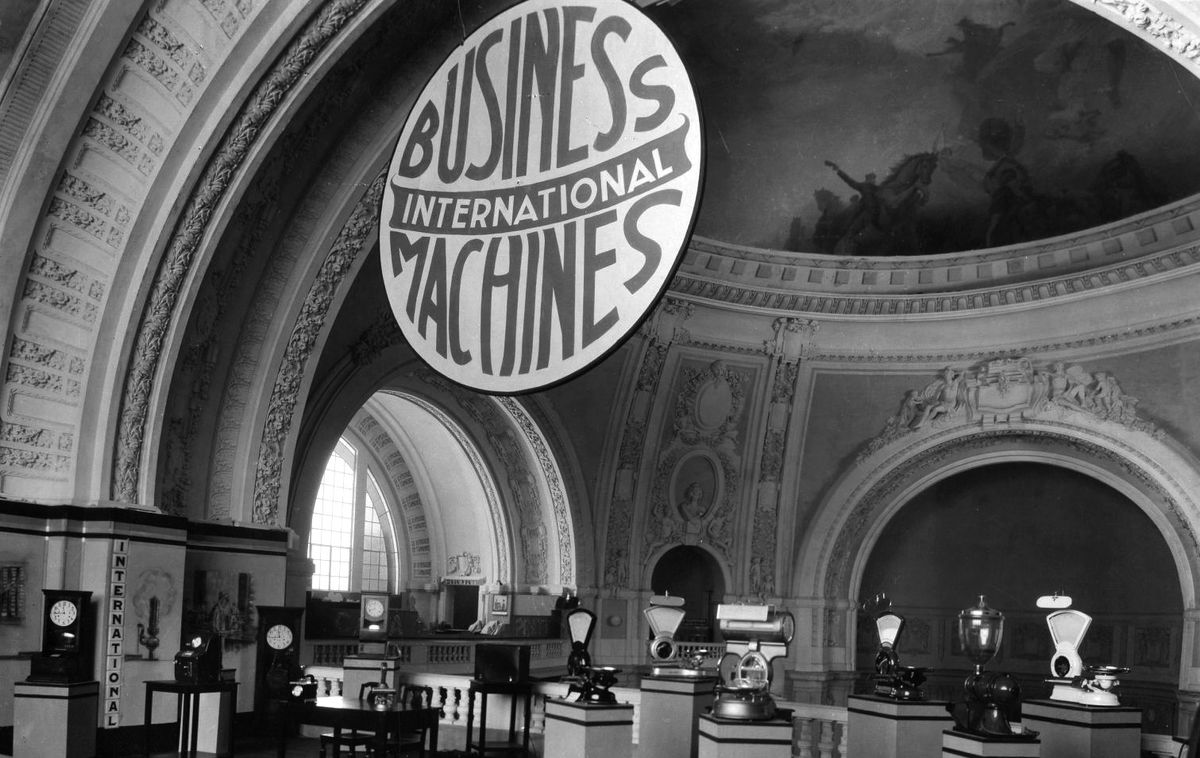Happy birthday, IBM! You’re 100 years old! Or are you?
It’s true that the businesses that formed IBM began in the late 1800s. But it’s also true that a birth occurred in February 1924, with the renaming of the Computing-Tabulating-Recording Co. as the International Business Machines Corp. And a hundred years after that event, it serves as an important reminder that the world of computing and IT that IBM played a pivotal role in building has a longer history than we are likely to think. “Data processing” was coined over a century ago, while “office appliance” was in use in the 1880s. From the 19th century, through the 20th, and into the 21st, IBM was there, making HP, Microsoft, and Apple appear more like children or grandchildren of the IT world; Facebook, Google, and Twitter/X more like great-grandchildren. So let’s take a moment to contemplate the origins of an iconic corporation.
The Assembling of IBM’s Parts
Back in the late 19th century, as the U.S. economy gave birth to important large enterprises—telecommunications, railroads, manufacturing—the need to coordinate the work of individuals and dispersed locations led to the mechanization of information. Hence the emergence of typewriters, adding machines, and cash registers. Time-recording devices tracked when workers arrived and left, while scales weighed everything from meat at a butcher shop to industrial machine parts. For the 1890 U.S. census, Herman Hollerith’s punch-card tabulators calculated the nation’s population.
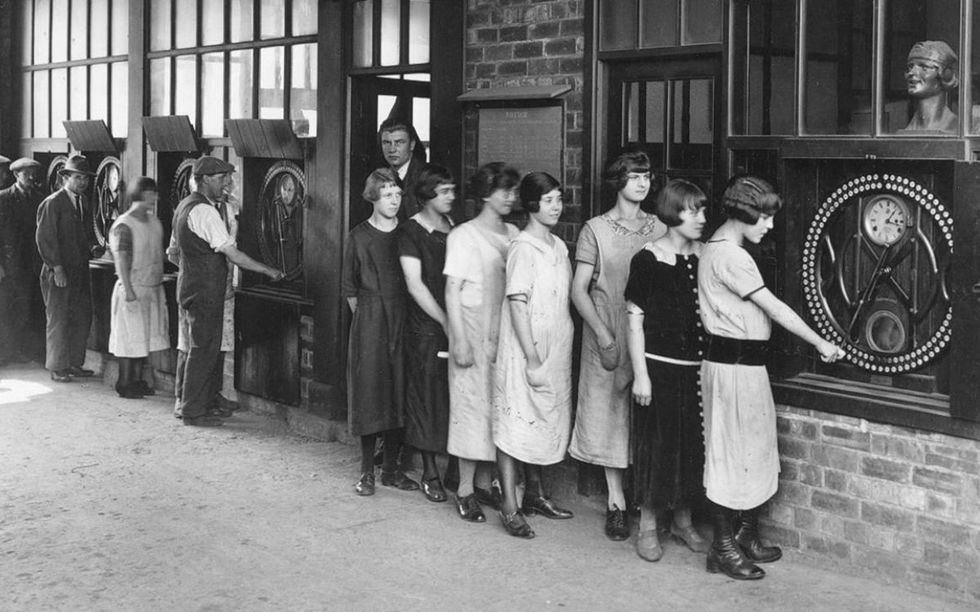
To provide these various products, countless little companies popped up, most of them lost to history. But at least three survived. One came into being in 1900 as the International Time Recording Co., in Endicott, N.Y. ITR soon became known as the company for time-recording products in the United States and Canada. It had been formed and shaped by Charles Flint, a dynamic character known for consolidating several companies into U.S. Rubber and several other companies into the American Chicle Co.—also known as the Chewing Gum Trust—and for his love of sailing and airplanes.
In 1901, Flint acquired the Computing Scale Co., which made tabletop scales popular with grocers in the Midwest. Over time, the company added cheese slicers and office furniture.

In 1911, the Washington, D.C.–based Tabulating Machine Co. came into Flint’s orbit. Created in the 1880s and widely successful almost from its birth, TMC—maker of Hollerith’s punch-card tabulating equipment—produced the kind of breakthrough technology that large enterprises and government agencies desperately needed, to support massive undertakings like the census as well as inventory control and logistics.
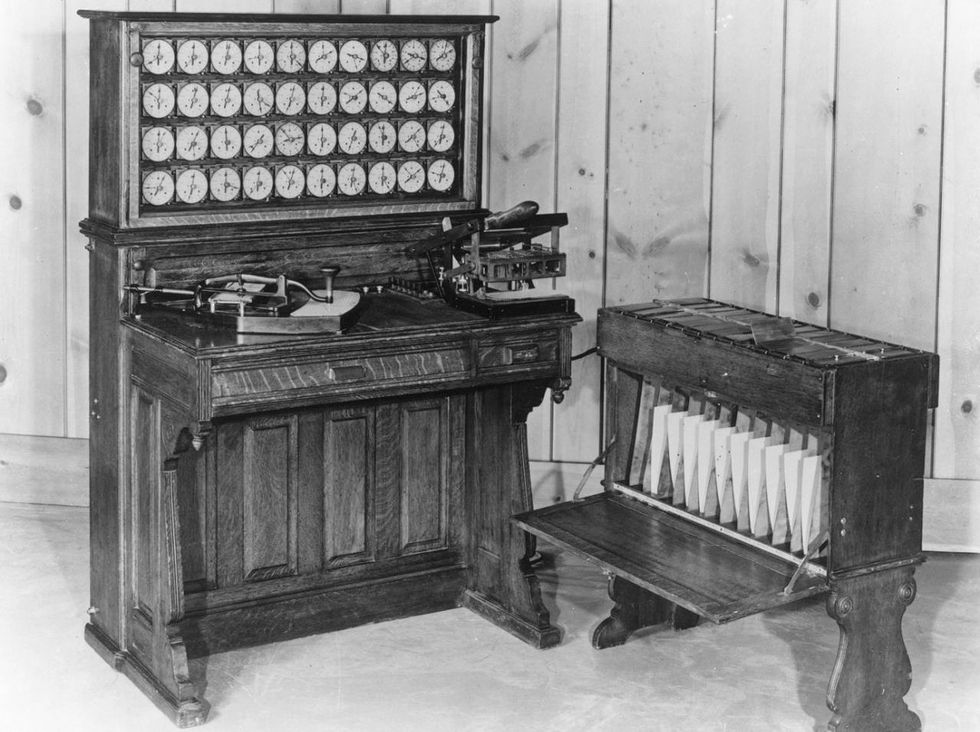
That same year, Flint smashed the three pieces together to form an entity that he unimaginatively called the Computing-Tabulating-Recording Co., or C-T-R. The scales business was okay, the time-recording business was booming, and the tabulating business had enormous potential but had yet to demonstrate it could keep up with demand. The creation of C-T-R yielded a company with promise, but the three entities didn’t coordinate or leverage one another’s assets and talents.
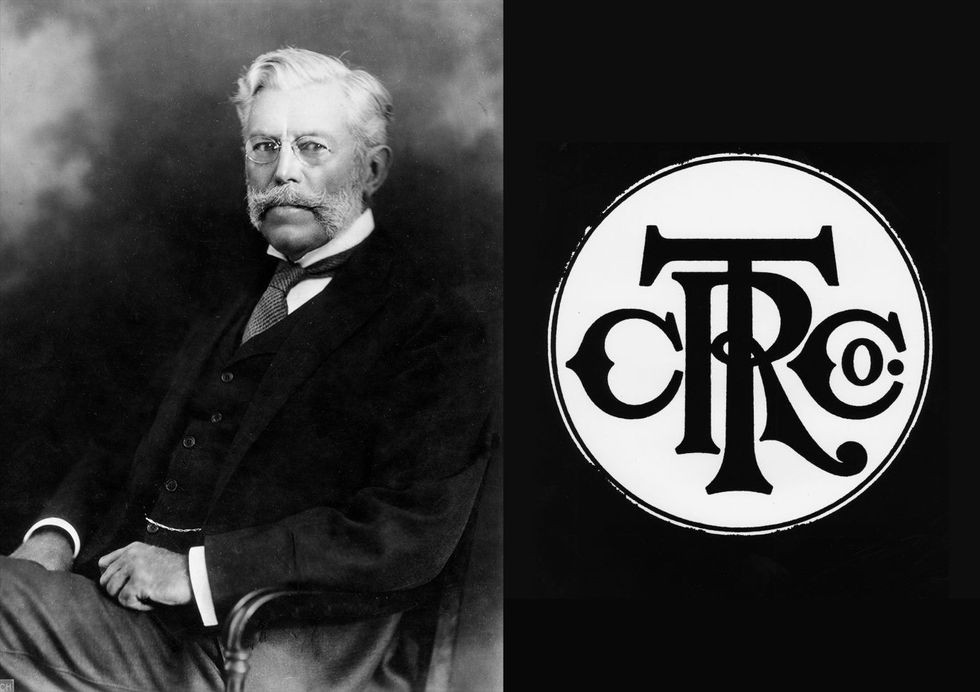
Flint convinced his board of directors to hire a professional manager to see what could be done to grow the entire business. Enter Thomas Watson Sr. in 1914, a highly successful sales executive who had recently spent two decades working at the National Cash Register Co.—considered one of the best-run “cool” companies of the early 20th century. He was 42 when he arrived at C-T-R. Hollywood handsome, smart, mature, and confident in his skills as an executive working in the high-tech end of the economy, he quickly sized up the situation and went to work.
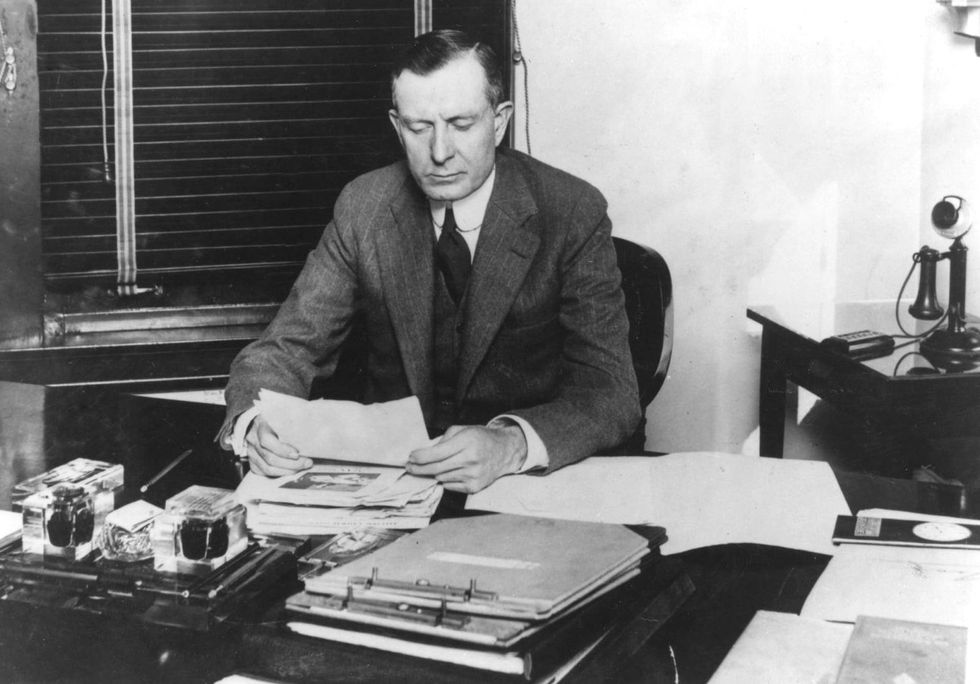
Watson brought in technical and sales colleagues from NCR, figured out who in C-T-R to take seriously, dismissed dissidents and incompetents, and sought ways to integrate all three pieces of the company. He concluded that the greatest potential for growth lay with Hollerith’s tabulators, so he focused on growing that market. Meanwhile, ITR had a popular product and, almost as important, a presence in Europe. The scales business, though, was a ho-hum opportunity as far as Watson was concerned, so he paid far less attention to it.
Watson integrated sales—his strong suit—across all three businesses, and trained the team to become a highly skilled, professional staff. His newly hired engineers, meanwhile, improved manufacturing operations.
The start of World War I blocked sales in Europe, but not in the United States. When the United States entered the war in 1917, government and private sector demand for C-T-R’s products grew rapidly. The end of the war opened up Europe’s huge market, and smaller ones in South America and parts of Asia.
Birth of a Corporate Culture
Slowly and steadily, Watson was creating a new corporate culture of ethics, paired with competent sales, solid technology, and a growing international perspective. The previously disjointed three-legged operation increasingly embraced his notion of “speed, accuracy, and flexibility,” in which the customer always came first. Despite a short recession at the start of the 1920s, C-T-R was emerging as a serious and well-run high-tech data-processing enterprise.
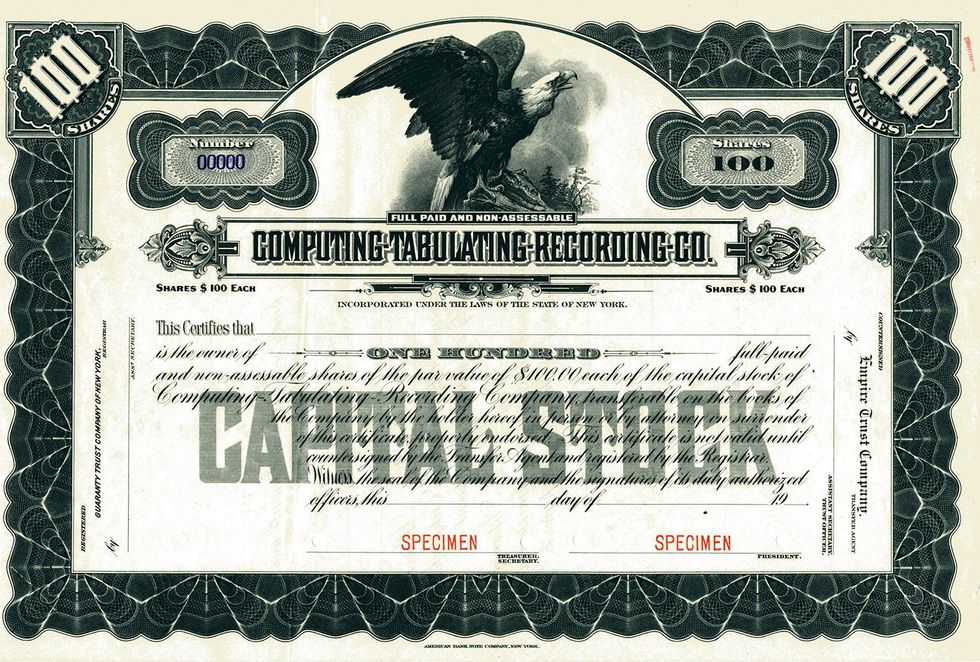
In 1914, the company had generated US $4 million in revenues (about $120 million today) with 1,346 employees; in 1920, revenues were $14 million, with 2,731 employees. In 1922, a recession year, C-T-R brought in only $9 million, but its staff had climbed to 3,043—solid evidence that Watson considered the recession a mere bump in the road. And for the next six decades, the company continued to grow. Not until the late 1980s did the company again face declining revenues (then measured in the billions of dollars) and a shrinking labor force (then in excess of 400,000).
In 1923, Watson, his executives, and employees collectively looked toward a future without immediate threats of war, where large organizations had embraced the concept of data processing powered by mechanical devices. Watson oversaw a rapidly expanding company that was grabbing market share away from competitors. He concluded that C-T-R’s future lay in pursuing a worldwide strategy, one for which he now had enough factories, sales offices, and trained employees. To be sure—and this is an important lesson for today’s startups—it had taken him a decade to reach the point where he could sit comfortably in his office in New York and imagine the next phase of C-T-R.
As a preamble to that future, he decided that the company’s image and reputation required some burnishing. He considered what the public knew about the firm, what the company stood for, what its brand would be, and how its reputation should be shaped. It was time, Watson decided, for a name upgrade.
IBM Gets Its Name
On 15 February 1924, The Wall Street Journal published a short article on page 3, announcing that the “International Business Machines Corp. has been incorporated under the laws of New York to take over business and assets of Computing-Tabulating-Recording Co.” That’s how the world learned about the existence of IBM (that is, unless they worked in Canada, where employees had known their employer as IBM since 1917).

When Watson had been remaking C-T-R, he already thought the company’s name was awkward and uninspiring, but too many other issues required his urgent attention. In early 1924, though, he decided it was time. On 13 February 1924, Watson published a letter addressed to all employees to announce the change, explaining: “Our new name is particularly adaptable and suitable to our business, in view of the fact of our increasing growth, the consistent development of additions to our line, and our products covering such a wide range in the field of business machinery.” He concluded, “We are confident that this change in name will be beneficial to the business, and that the members of our field organization will find it of direct value in introducing our company and the products which we manufacture and distribute.”
The name change was also significant to C-T-R’s customers and vendors, and IBM salesmen rushed to explain how wonderful it would be. Then there was this little story in The Wall Street Journal three months after IBM’s incorporation. It may not have been true, but it suggests that everything comes down to execution. The article began by stating that some people were confused by the name, which it called “unwieldy,” and maybe this episode really did happen:The other day an uptown merchant called up a friend in Wall Street and inquired if he had ever heard of a new concern called the International Business Machines Corp.
“We have a big order from them,” he said, “and I am trying to check up on their credit rating. My partner has just gone downtown to demand a balance sheet from them.”
“Well,” said the broker, “in their last balance sheet they showed $800,000 cash and about $8,000,000 current assets. Their position seems pretty good. How big was the order?”
“About $100,” said the merchant. “Wait a minute, I want to head off my partner.”
Implicit in that story was the real business problem of retaining the positive reputation of C-T-R while leveraging its new name to build business momentum. Watson and his colleagues spent the rest of the 1920s and 1930s creating a brand image that reflected their positive view and plans for the future but that also translated into transactions, profits, growth, and prestige. They battled ignorance of what their products could do, invented new products, hired people, expanded operations, overcame the worldwide tragedy of the Great Depression, and endured an antitrust challenge in the 1930s, the first of several.
The name change ultimately signaled a larger transformation underway. Whether the firm should have had a different name than IBM was less important than that Thomas Watson felt it was time to declare a grander purpose for the company. The tone of his comments, the nature of the company’s communications, and the way its staff interacted with the media and with customers evolved almost as a step change after the adoption of the new name. Watson was declaring that IBM wanted to become a major player in its industry and a leading international corporation. And so it did.
This article is adapted from excerpts of the author’s award-winning book, IBM: The Rise and Fall and Reinvention of a Global Icon (MIT Press, 2019).
- Hans Peter Luhn and the Birth of the Hashing Algorithm ›
- IBM’s Fall From World Dominance ›
- Building the System/360 Mainframe Nearly Destroyed IBM ›
James W. Cortada is a senior research fellow at the University of Minnesota’s Charles Babbage Institute. He worked at IBM for 38 years in sales, consulting, managerial, and research positions.
